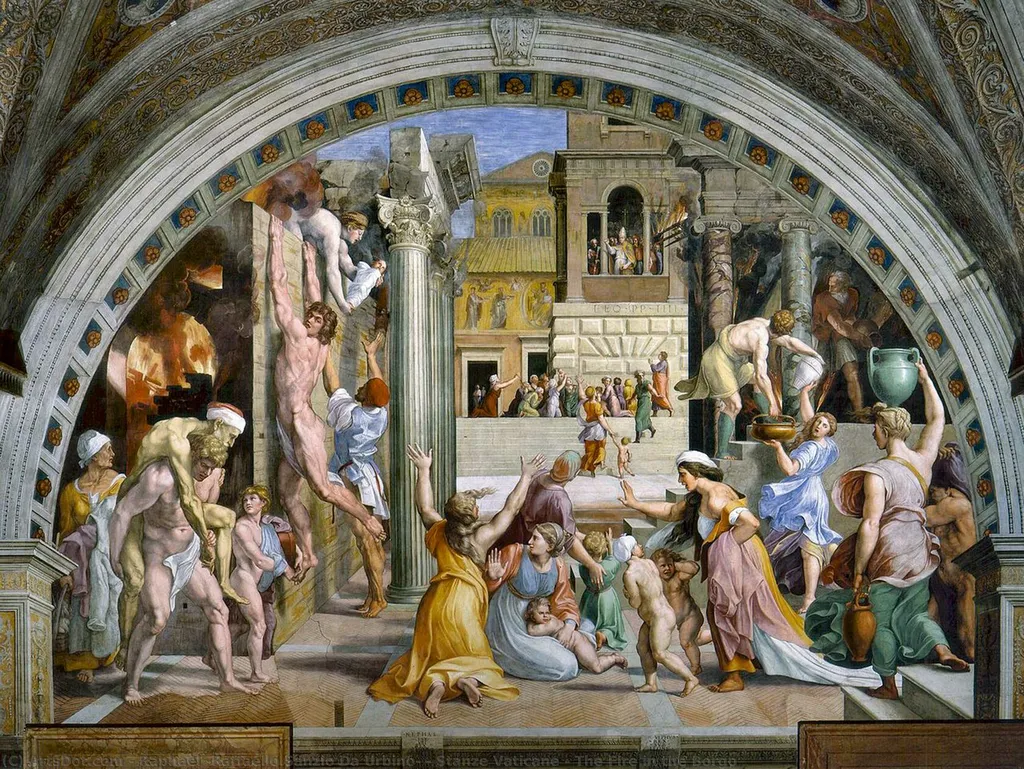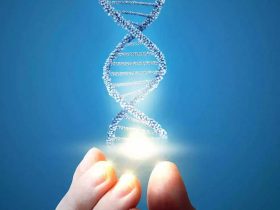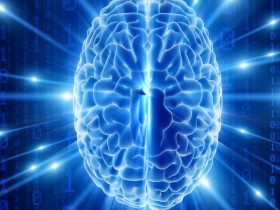Last week I explained why random events cannot create meaningful information. This week let’s see how recent laboratory results confirm that, by looking at the creation of new proteins.
Proteins are biological machine parts. They are manufactured using the code in DNA by snapping together the specified sequence of amino acids. All life uses the same 20 amino acids, and they are snapped together, like plastic building blocks, and folded into a functional protein, a working biological machine part. Functional proteins are rare, in exactly the same way that a random collection of letters is rarely going to form a coherent paragraph.One very recent estimate is that human beings have about 19,000 functional proteins.
In 2009 researchers at the University of Oregon found that Darwinian, chance-based evolution doesn’t work in reverse – that is, once you have a new protein, there is essentially zero chance that natural processes will somehow be able to recreate the original protein. In June 2014, in an article published in prestigious Nature magazine, they found tremendous problems with forward evolution. They found that to get from one protein to another you had to assume a fantastically unlikely exact sequence of intermediate steps.
In other words, they disproved Darwinian evolution –it all happened solely by chance and natural selection. They verified in the lab that natural processes alone cannot create information. Of course, they don’t admit it. Just like most scientists worldwide seek to ignore the ENCODE results of 2012, that substantially all of our human DNA serves a function, and that we have multiple levels of information in our DNA coding.
So where does information come from? Where did the DNA coding come from to build the thousands of functional proteins in our bodies?
“If you start with a protein that has a particular function, to some extent you can generally change some of the amino acids in its sequence, and the protein will still perform that same function. But you can’t rationally expect to “accidentally” mutate from one functional protein to another amino acid sequence with a new function. The odds of that are one in 1063 for 92 amino acid sequences and one in 1077 for 150 amino acid sequences, and far worse for longer amino acid sequences.” Counting To God, p. 158.
Thanks for reading.


















Leave a Reply